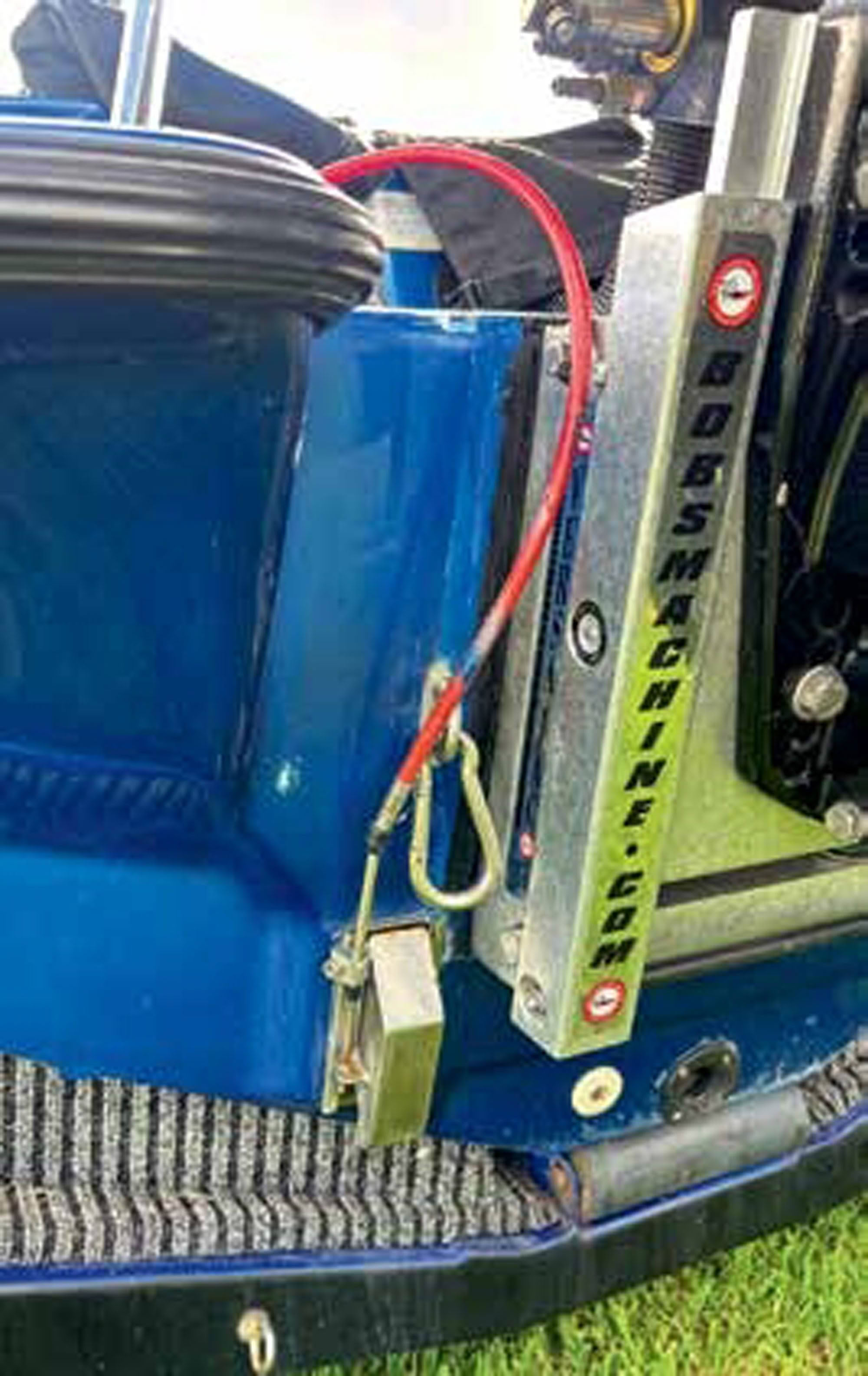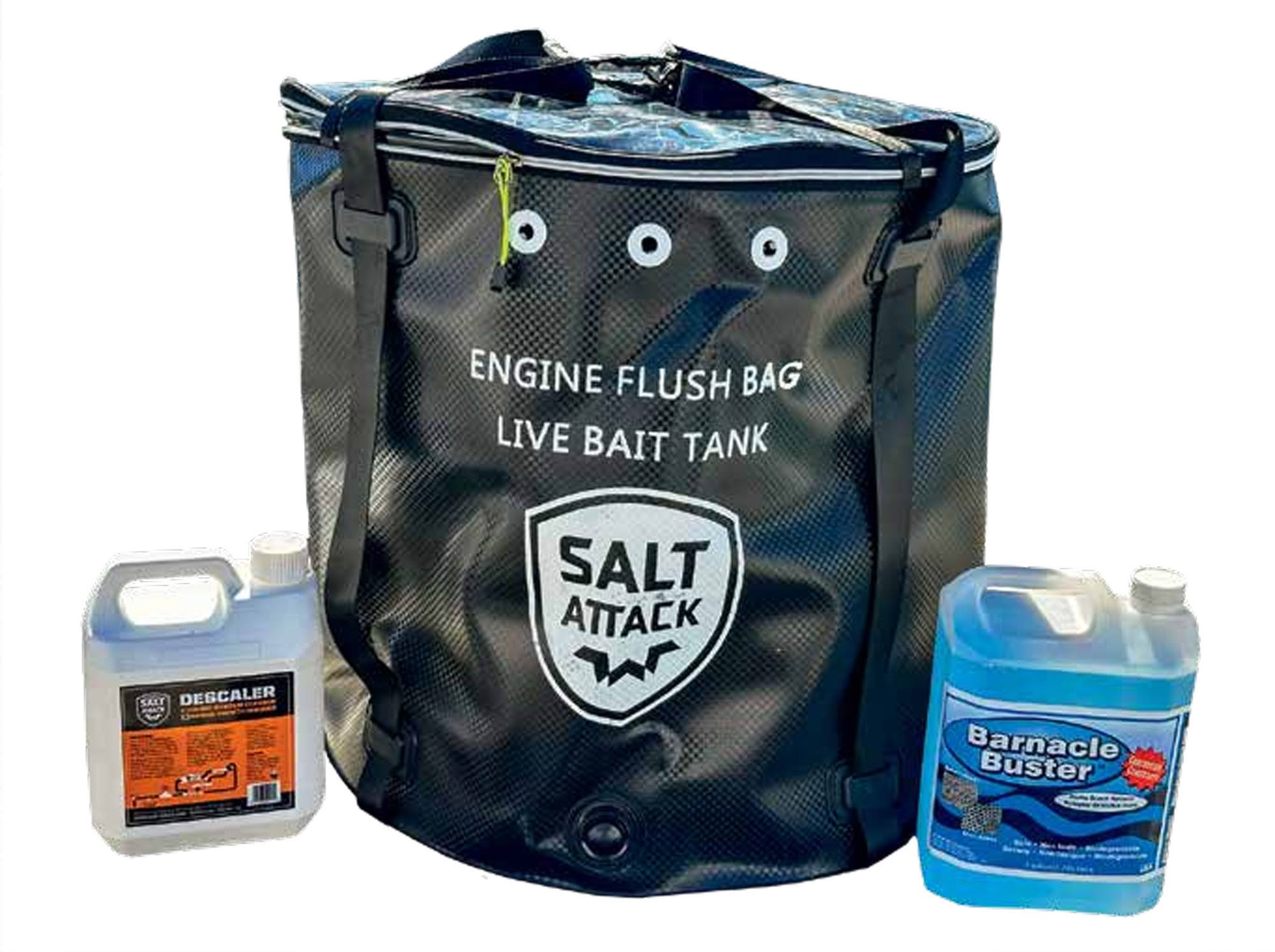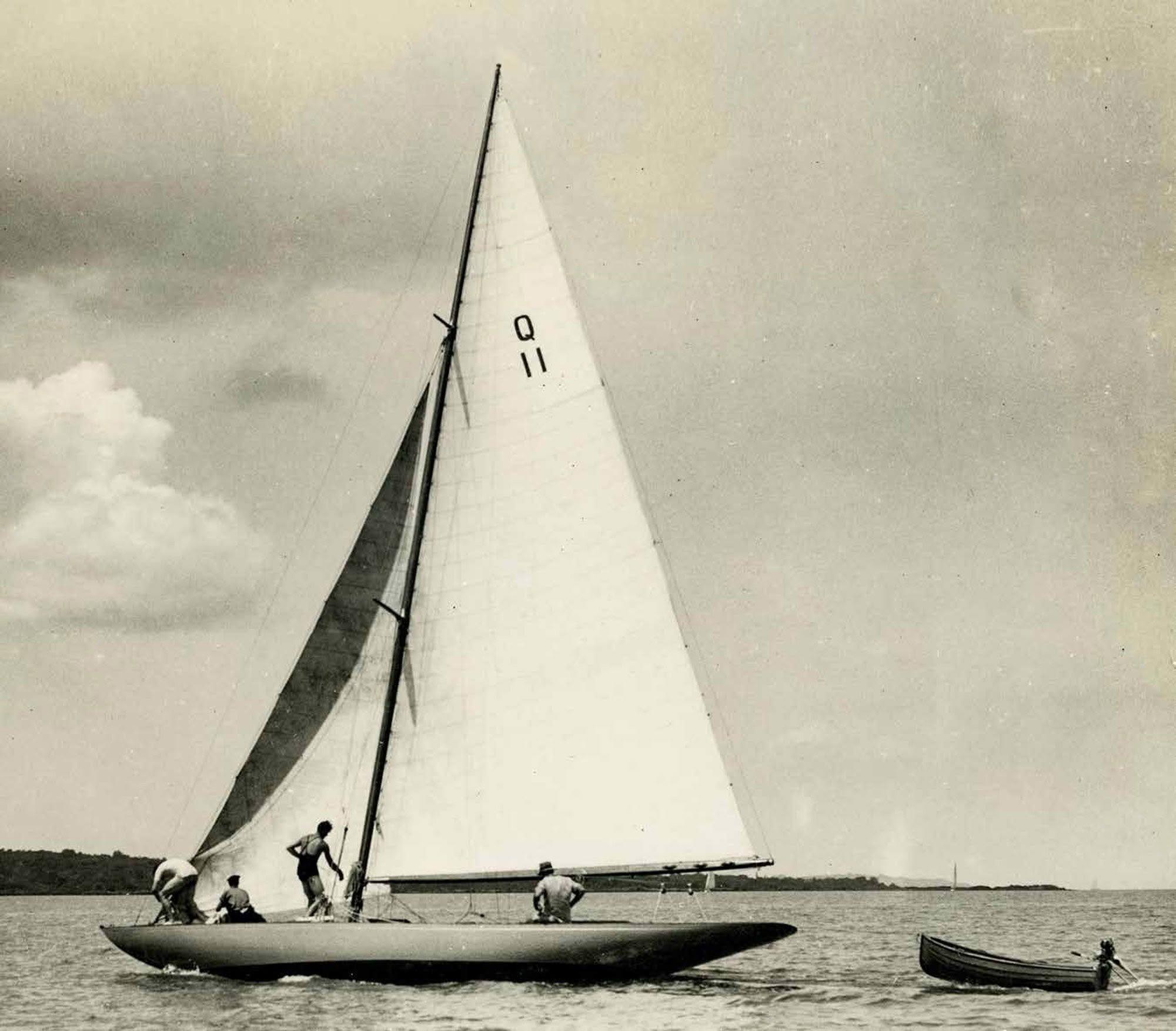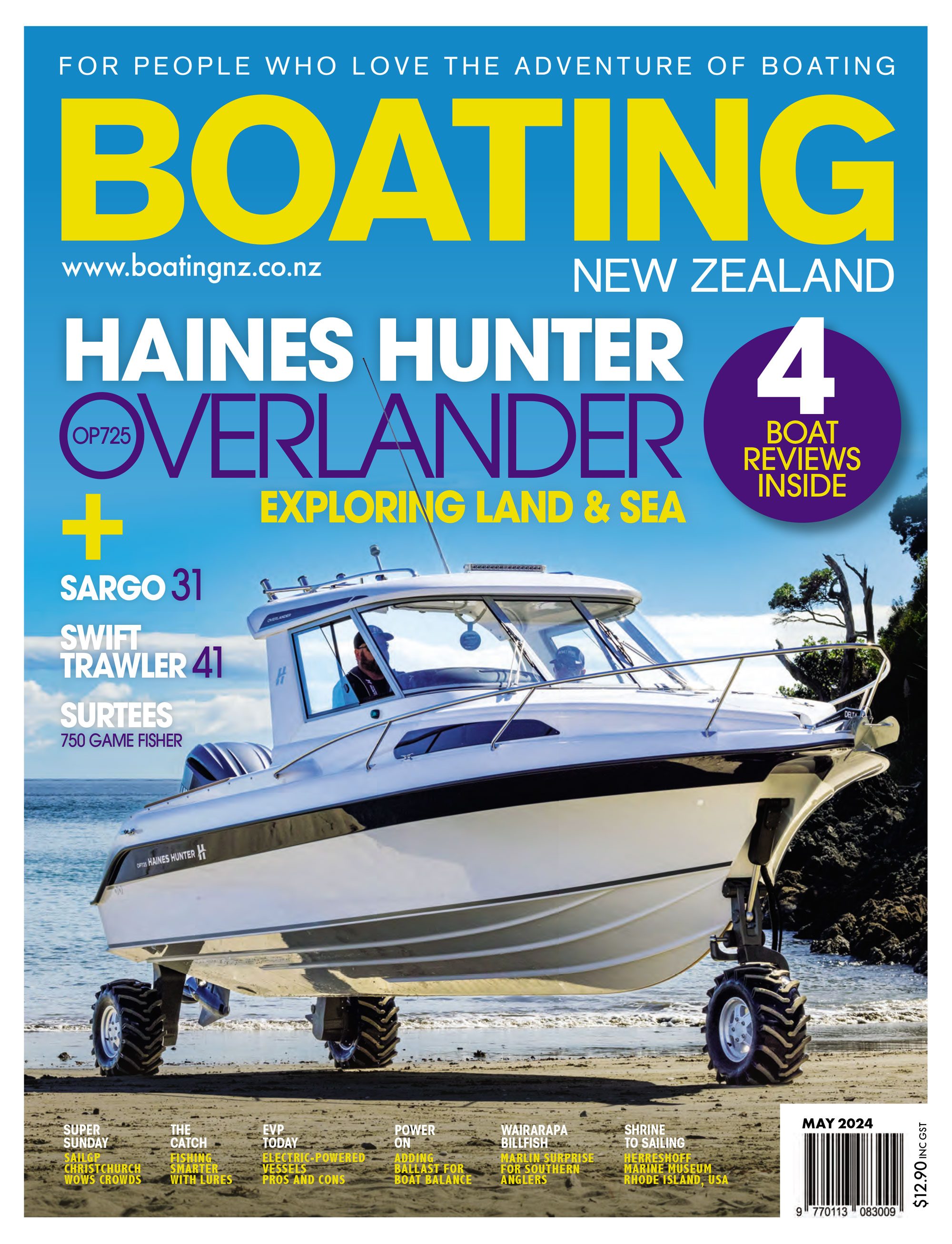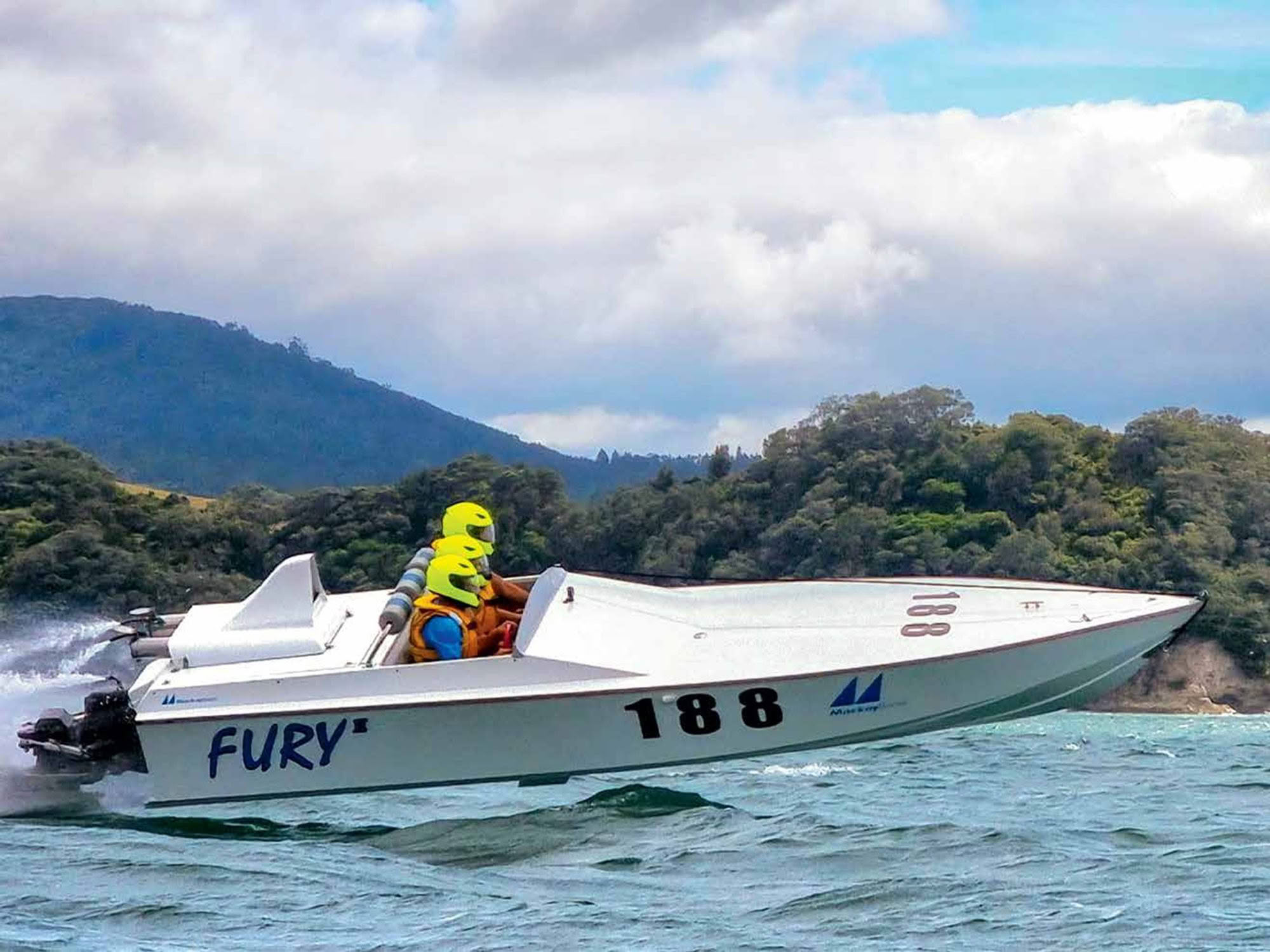

At face value ballast is the most counter-intuitive system when it comes to going fast.
Common practice among all race codes is to focus on weight reduction to realise higher speeds, no matter whether you’re karting, sailing, track racing or powerboat racing. In powerboat racing, utilising ballast involves a process of adding weight (ballast) to the load of the boat to help balance it in a similar way using trim tabs does. Ballast, however, is favoured over trim tabs in rougher sea states where unpredictable bow lift is a more common occurrence.
Ballast weight can either be fixed or adjustable. Fixed weight ballast typically involves bags of sand placed in the bow area of a boat before the start of a race. Some circuit boat racers add small ballast sandbags to either side at the stern as well, but this is more commonly done to assist with the balance of the craft, many of which are single seaters.

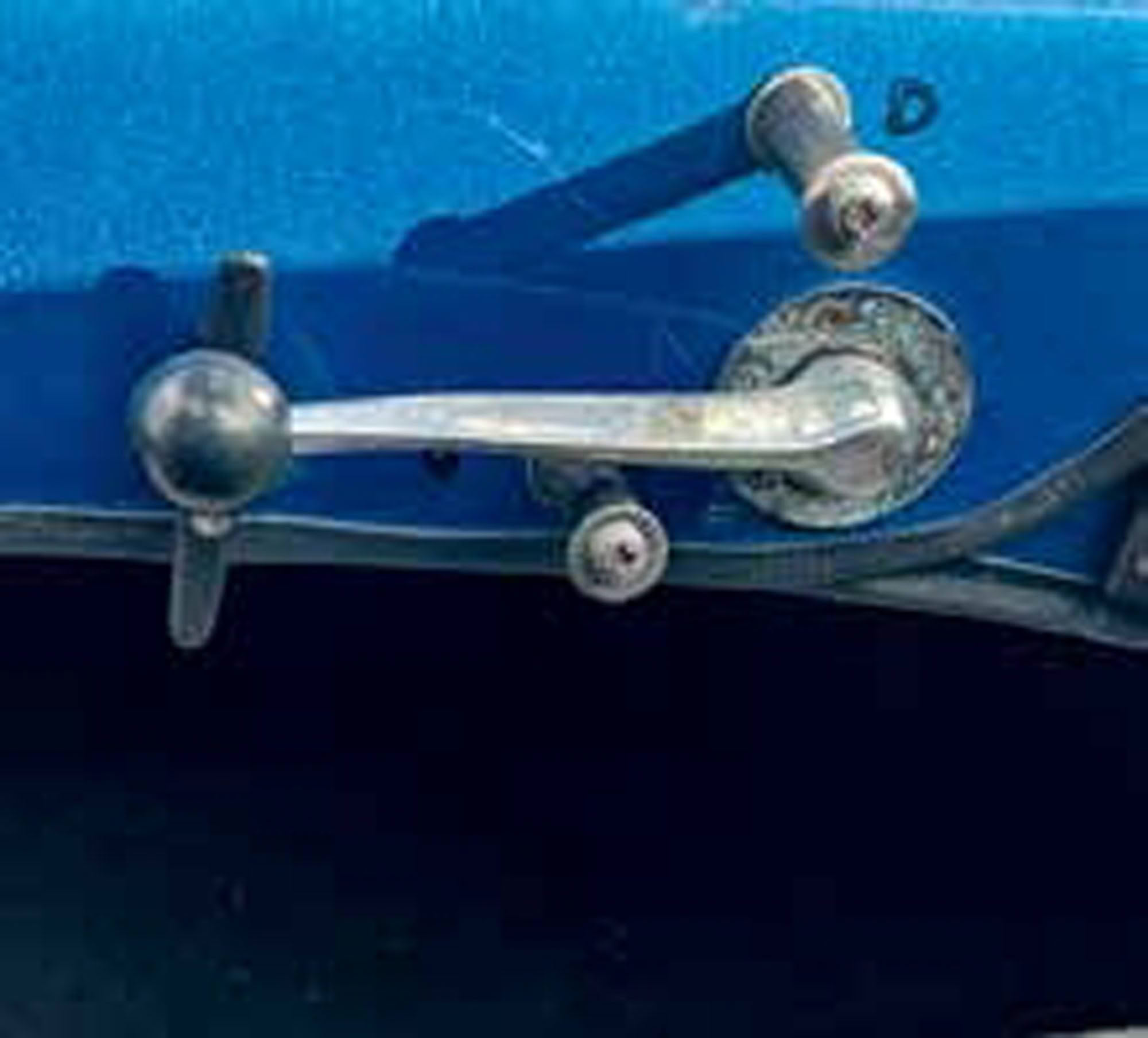
Adjustable ballast is by far the superior system, commonly found in most race craft designed for rougher conditions. The process for adjustable/refillable ballast typically involves a Morse cable-driven deployable scoop mounted to the transom, the scoop when opened/lowered protrudes below the hull and a combination of forward momentum of the boat and capillary action thrusts water forward into built-in ballast tank(s). Typically, a simple ball-cock valve, within reach of the driver, needs to be opened to allow the water to pass forward. Once the driver is happy with the weight, they lift the scoop and shut the ball-cock holding the water up in the bow, or mid tanks in the case of some more modern hulls.
To empty ballast a few different systems are used: some setups feature a built-in bilge pump to pump the water out of the tank quickly but it’s more common that the same inlet line will become the drain line by simply re-opening the ball-cock and allowing gravity and the venturi effect to drain the water slowly out the inlet piping.


The process of identifying how much ballast to add is trial and error. Some choose to add weight little by little, whereas others choose to fill up on ballast and then bleed water out until they are happy with the balance. There is no right way of doing it – it is personal choice – and yet again, seat time and craft familiarity are the most important factors when learning how to operate the ballast system efficiently. The beauty about this, though, is that it’s easy to play with ballast levels while out on a weekend trip with the family aboard. Practice makes perfect. BNZ
